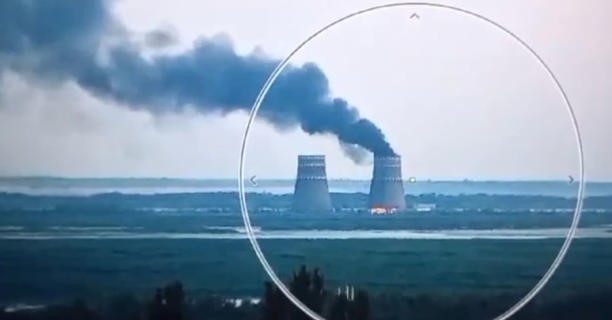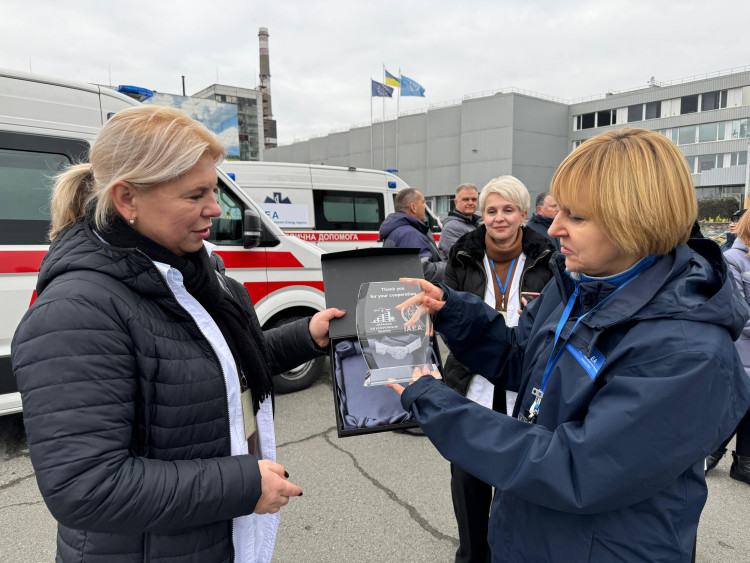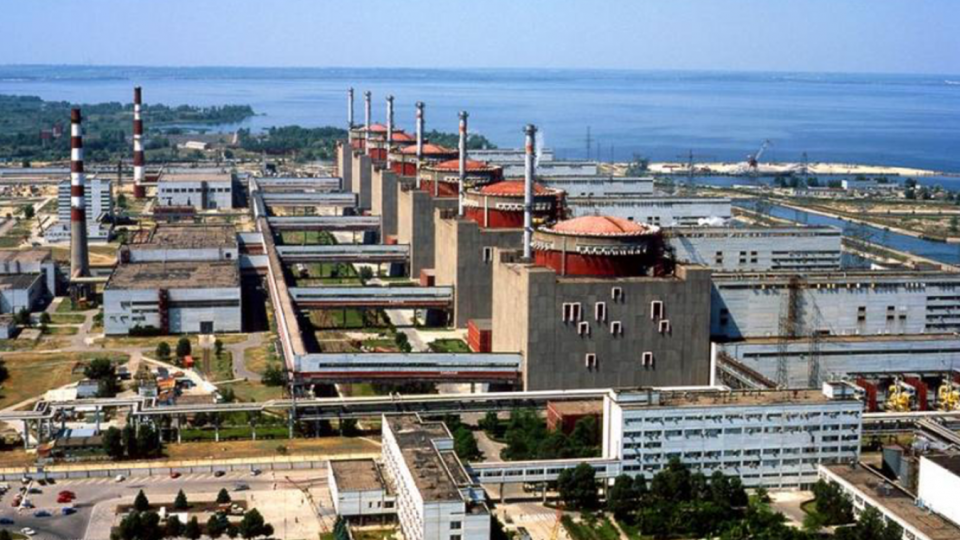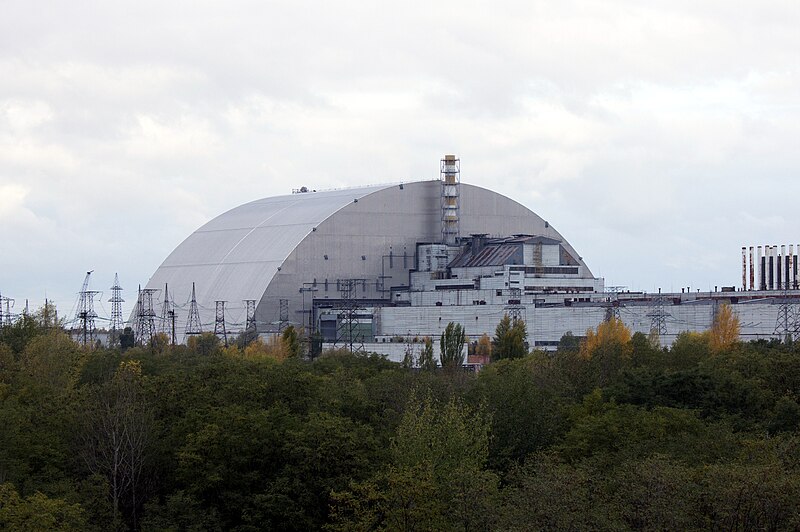Fire reported at Zaporizhzhia as Ukrainian troops advance toward Russia’s Kursk plant

Thick, black smoke pouring from one of the cooling towers at Ukraine’s Zaporizhzhia nuclear power plant over the weekend raised alarm about safety at the facility as the military conflict with Russia continues.
On-site staff from the International Atomic Energy Agency witnessed the smoke and reported hearing multiple explosions at Zaporizhzhia, which is the largest nuclear plant in Europe and one of the largest worldwide.
While officials say there is no impact on nuclear safety at this time, Ukrainian president Volodymyr Zelenskyy said, “As long as Russian terrorists retain control of the nuclear power plant, the situation is not and cannot be normal. Since the first day of the seizure of Zaporizhzhia [nuclear power plant], Russia has been using it solely to blackmail Ukraine, the whole of Europe, and the world.”
Meanwhile, Ukraine has launched drone and missile attacks in several Russian border regions during the past week—the most significant push into Russia’s border territories since the start of the war, Newsweek reported. As part of its counteroffensive, Ukraine reportedly has troops in the vicinity of Russia’s Kursk nuclear plant.
IAEA director general Rafael Mariano Grossi said in a statement, “At this juncture, I would like to appeal to all sides to exercise maximum restraint in order to avoid a nuclear accident with the potential for serious radiological consequences.”
See video of the cooling tower fire by clicking here
ANS perspective: The American Nuclear Society issued a statement on social media over the weekend:
With regard to [the news] of a fire within a cooling tower at Ukraine’s Zaporizhzhia Nuclear Power Plant (ZNPP), the cooling tower is separate and removed from the shutdown reactors and spent fuel pools. There is no risk of a radiological release in relation to this fire and radiation levels remain unchanged. The tower's function is to release heat through evaporation to cool down machinery, equipment, or air inside a building. Vital safety functions exist elsewhere on the site and are unaffected. This latest incident only underscores the appalling situation at ZNPP after two years of Russian occupation.
A closer look: Zaporizhzhia has two cooling towers located at the north side of the cooling pond, outside of the plant’s perimeter. Cooling towers are used during power operation, but all six units at the facility are currently shut down and in cold storage. Still, any kind of fire on the site or in its vicinity represents a risk of spreading the fire to facilities essential for safety, the IAEA said in a news release.
Plant staff confirmed to the IAEA team that there is no risk of elevated radiation levels as there is no radioactive material in the vicinity of the alleged attack area. The IAEA team independently verified the radiation levels and confirmed it remained unchanged.
Background: Zaporizhzhia fell under Russian control in March 2022, shortly after the military invasion of Ukraine. The plant stopped producing power in September 2023, but even with all six units in cold storage, there is an ongoing need to safeguard radioactive material at the site.
The IAEA has laid out five concrete principles for protecting Zaporizhzhia—the first and foremost of which is that “there should be no attack of any kind from or against the plant.” The second principle says that the site “should not be used as storage or a base for heavy weapons . . . or military personnel that could be used for an attack from the plant.”
ZNPP fire: Russia and Ukraine are blaming each other for the blaze, and so far, IAEA staff have not been granted access to the cooling to help determine the fire’s cause or the extent of the damage.
According to available information, the fire broke out around 8:00 p.m. on August 11 at the technical water supply facility. This led to Unit 1’s cooling tower fire and damage to technological equipment. Ukraine believes the blaze was the result of negligence by Russian staff at the plant or deliberate arson.
Yevhen Yevtushenko, head of the Ukrainian-controlled military administration in the Nikopol district, which looks out onto the plant, said there was unofficial information that Russian forces had set fire to a large number of automobile tires in the cooling towers, CNN reported. Some suspect deliberate arson by Russian occupants as the cause of the fire.
Yevtushenko called it “a provocation, or an attempt to create panic” but said the plant is “operating as normal as possible under the conditions of occupation.”
IAEA inspection: The IAEA team visited the impacted cooling tower on Monday and assessed that the source of the fire was not at the base of the unit. The damage is concentrated on the interior of the tower, more than 30 feet up, near the water nozzle distribution level.
The team was not given access to all areas of the cooling tower, but they observed droplets of burnt plastic and fragments of fallen concrete distributed across the cold-water basin at the bottom of the tower.
“Samples of the debris, including burnt and molten plastic, were collected,” Grossi reported. “The lingering odor from the fire was assessed by the team and determined that … it was most likely caused from burning plastic.”









